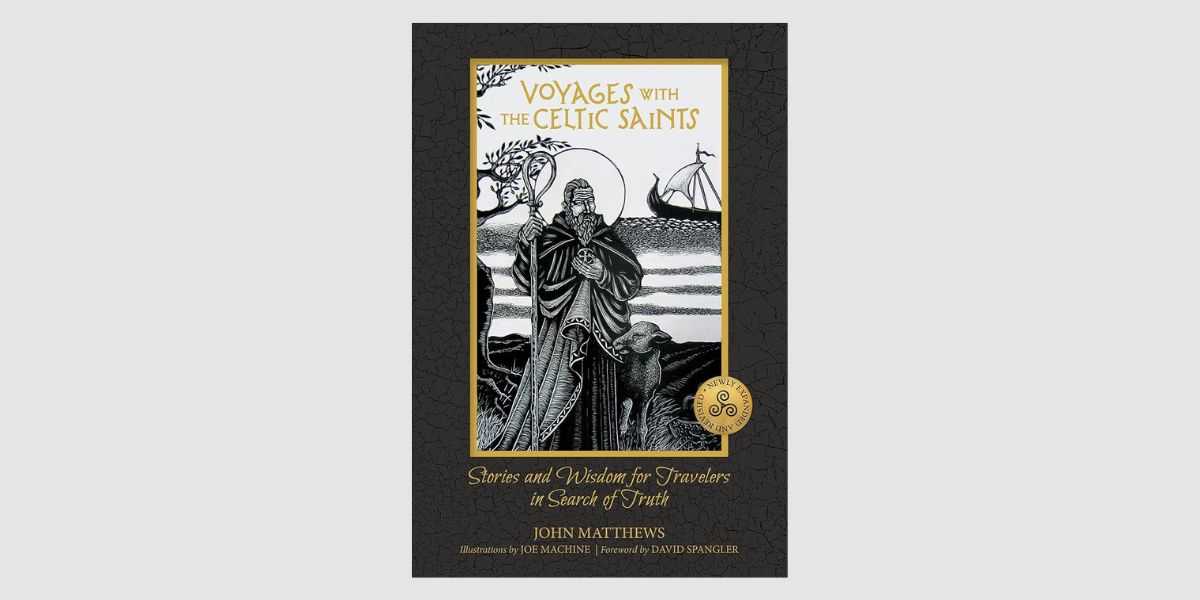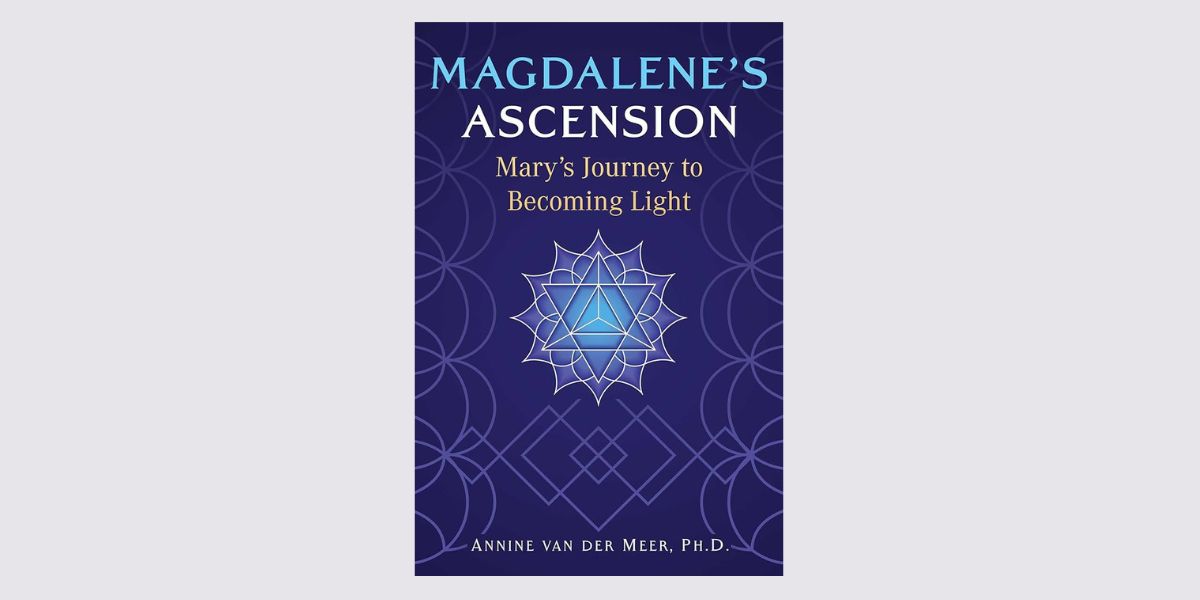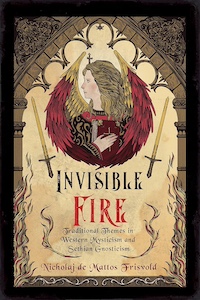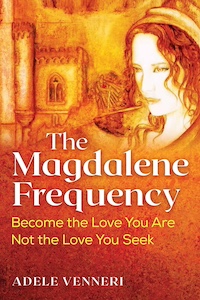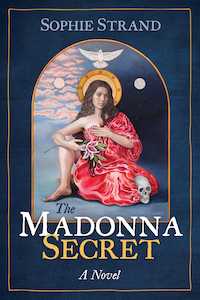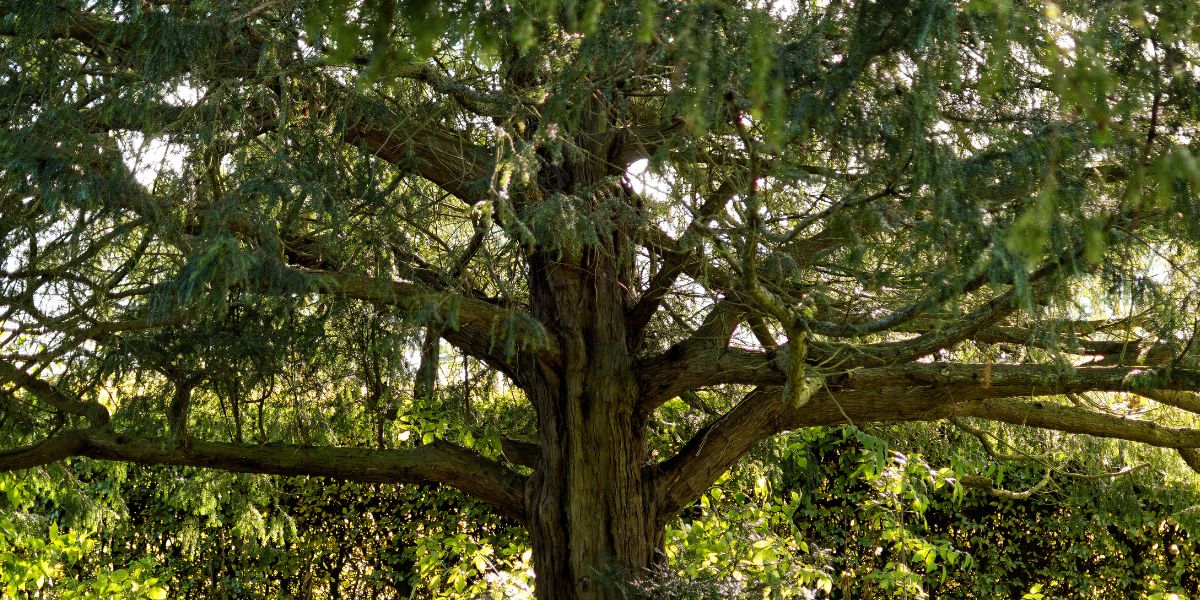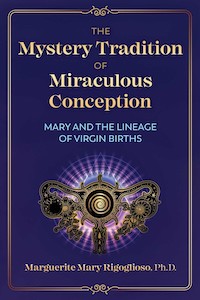
Voyages with the Celtic Saints: Stories and Wisdom for Travelers in Search of Truth, by John Matthews with illustrations by Joe Machine
REDFeather, 0764368796, 224 pages, March 2025
Voyages with the Celtic Saints: Stories of Wisdom for Travelers in Search of Truth by John Matthews is an exploration of the extraordinary lives of 14 “ordinary” Celtic saints through a telling of their lives, their struggles and revelations, and ultimately their invitation for all of us to join them on a continuing voyage.
As Matthews writes, “the central theme of this book is voyaging. Voyaging of the soul, of the heart, voyages of the mind”.1 Voyages by their very nature are based on a desire to explore, to find the new, to uncover what is longing to be revealed. And in doing so, the personal voyage extends to a sharing of what was uncovered.
“The most wonderful and profound mystery that the Celts have to teach us is about our uniquely intimate relationship with the natural world.”2
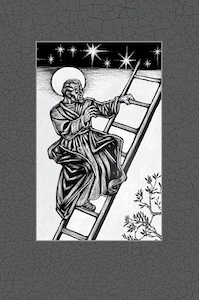
Matthews focuses on 14 Celtic saints: Brendan of Clonfert, Kevin of Glendalough, Brighid of Kildare, Columba of Iona, Senan of Scattery, Mochua of Rahen, Samthann of Clonbroney, David of Wales, Gobnait of Ballyvourney, Ciaran of Clonmachnoise, Maedoc of Ferns, Berach of Connaught, Patrick of Armagh, and Kentigern of Scotland.
For each saint Matthews provides an overview of their place in Celtic history, their life and challenges, as well as what they offer to those who are willing to accept their gifts. Matthews offers meditation points on which to reflect how to incorporate these offerings into one’s life. Finally, he concludes each section with a poem on the saint or a prayer, some of which are translations from centuries past or attributed to the saint his/herself.
Some of these saints “makes it clear that Druids and Christians had far more in common than is generally understood, and that there were evident parallels in their approach to spirituality.”3 Brighid, for example, was one of the most important characters in the Celtic world who then was referred to as Saint Bridget by the Christians. Brighid, the goddess of the hearthfire, has a Christian feast day on February 1, the Celtic festival of Imbolc.
Some saints I was familiar with, others became new friends. On my most recent visit to Ireland, I met Saint Kevin when I serendipitously visited Glendolough. Naturally, I began my reading with him. Glendolough is in the Wicklow Mountains not far from Dublin. The remains of his monastery remain and can be visited. Although there was a communal setting for the monks, Kevin preferred a hermatic life surrounded by animals and birds.

As Matthews writes, “The importance of animals in everyday Celtic culture was considerable, and there are a number of stories that show that Kevin’s relationship with animals and birds was a not-uncommon tradition among older, pre-Christian figures.”4 The meditation points for Kevin’s chapter include thinking about your encounters with living things in nature and how you felt – awed, afraid, loving, angry.
I’ve been drawn to Iona for a long time. My rational side doesn’t understand how this Italian-American woman longs to visit this small, hard-to-reach island of the Inner Hebrides off the coast of Scotland. While my soul longs to visit Iona in person, my spirit travels there a lot, especially through readings such as the chapter on Columba.
Columba was known to be a seer and prophet. The chapter reveals extraordinary events in his life. Matthews reminds the reader that like Columba “our own sense of relationship with the cosmos may come only in flashes”5 but it is available to us nonetheless. The encouragement is to become aware of and embrace this inner knowing. For one of the meditation points on Columba, one is asked to “draw a ‘map’ of your spiritual journey, showing how certain key points are connected.”6
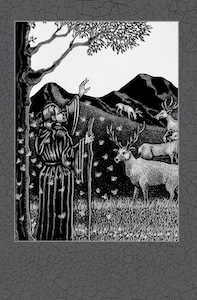
Brighid of Kildare exemplifies how to incorporate the feminine into one’s creative and spiritual life. Brighid is most associated with divine fire, in fact, she is most often depicted as a flaming redhead. The founder of a monastery in Kildare, Ireland, she is a crossover between the “pagan” and Christian worlds. She is the protector, the midwife, her mantle providing protection for one’s home and its occupants. One meditation point for this fiery spirit ask “what kind of fire illuminates your life, what inspires you and how can you find more of it in your day-to-day living?”7 This one also particularly resonated with me.
Illustrator Joe Machine truly brings his artistic gifts forward in this book. The illustrations are done in a stark, monochromatic woodcut style. There is such detail in each one; readers will certainly spend plenty of time completing the beauty of the companion illustrations for each text. My favorite image is Gobnait of Ballyvourney, Lady of the Bees, depicted holding her hand up as she connects with nature, a serene expression on her face and a swirl of bees surrounding her.
Overall, Voyages with Celtic Saints is a quiet meandering sail through time, perfectly suited for readers who appreciate subtlety, mystery, and the sacred rhythms of early Christian life. I highly recommend it for spiritual seekers, Celtic Christianity enthusiasts, and lovers of reflective travel writing. It’s a book that I feel one should spend time with, incorporating the lessons and meditations of these saints into your life.
Anne Greco is a non-fiction writer who writes about her life experiences and travels with humor, keen observations, and the hope that her words will remind us that “we’re all just walking each other home.” Her book, Serendipity: Chance Pilgrimages, tells the story of Anne encountering her places of power. As she reconnects with herself at each site, Anne also develops a deeper understanding and appreciation of her connection to both the seen and unseen worlds. Learn more about her work here: http://annegrecowriter.com.
